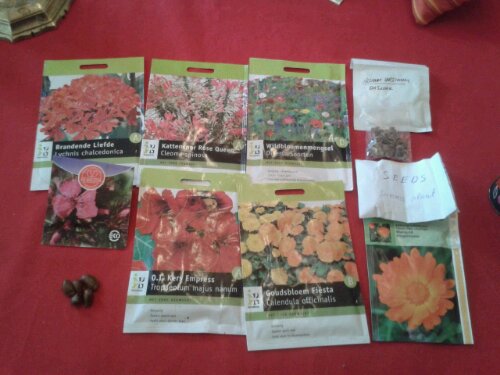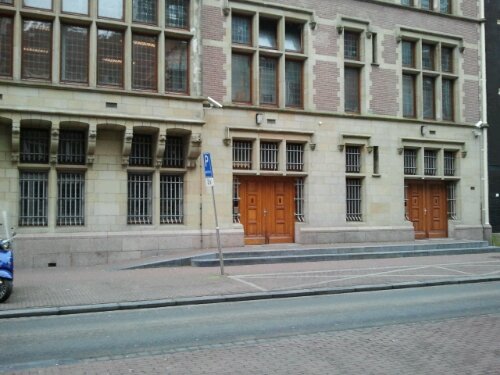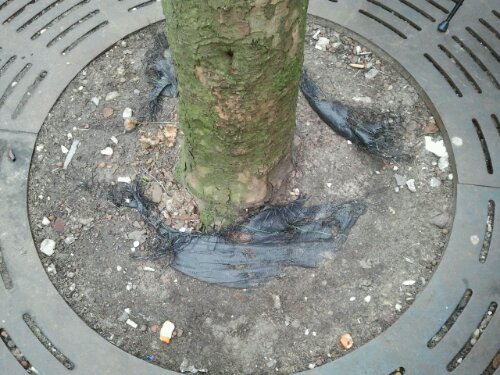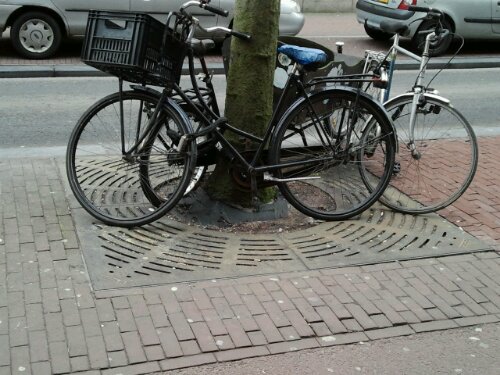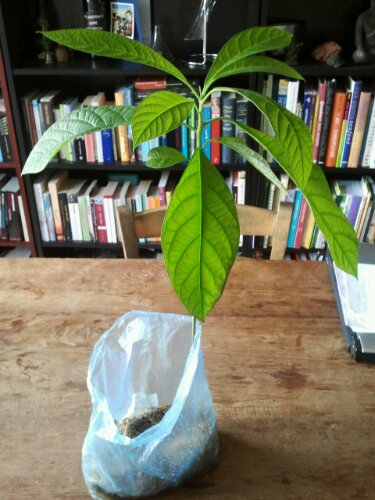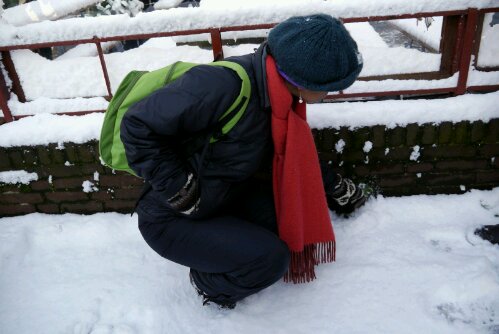Link to our list of top beneficial insect pollinated herbs.
This question could be pondered for a long time but it seems that the main considerations are:
Which herbs do you like?
Why grow herbs which you don’t like? Think of herbs which you already buy or use, perhaps you can try to grow some of them? Perhaps you buy a Calendula salve now and then? This is then an opportunity to grow your own flowers to turn into your own simple ointment later in the year. Perhaps you buy a lot of peppermint tea? Then consider growing a small pot of peppermint close to home. Perhaps you have heard of a herb that interests you? Research where it likes to grow and if it is insect pollinated and see if it is good for this project.
Which herbs do local pollinating insects like?
The list of herbs which are pollinated by beneficial insects is enormous. We have narrowed it down to ones which we know are accessible and appropriate for parts of Amsterdam. If you have suggestions or feedback for the list please let us know!
How much space do you have?
Look up the mature size of a herb before planting it and use that to help decide if it suitable for your herb meadow or not. It is possible to keep the size of large herbs to your preferred size but this may take time which you don’t have.
Where is the location?
Some herbs do well in dark, shady, damp locations, others thrive best in full sun. Some are not fussy and seem to survive wherever you plant them. For every location, there are plants which are naturally adapted to growing in that type of situation. Pay some attention to what already grows in and near your location. Can you use any of those plants? Look up herbs suited to the location online or in herb books. We will gradually improve the list here, to help you choose appropriate herbs.
What type of soil do you have?
Fortunately most herbs do well in poor soil so they will likely do just fine in most soil. Poor soil is soil that has quite low nutrient levels. It may be worth adding some top soil to your urban herb meadow, if there is very little there but generally there is no need to do that. Over time, your herbs will shed leaves which rot down and you may add spent herbal tea leaves and worm-compost. All of these will help to increase fertility of the plot.
What currently happens at the location?
If you are choosing a tree pit then you must protect the health of the tree. Use shallow rooted herbs and try to avoid herbs that suck large quantities of nutrients from the soil. Burdock would be one to avoid beside a tree, as it has enormous tap roots and stores lots of soil nutrients within them.
How to deal with dog toilets?
If your chosen location is currently a favorite for dogs, aim for herbs which will be used mostly for their seeds and flowers – by insect pollinators and perhaps yourself. In time, as your herb meadow matures, dog owners may keep their pets away from the plot but don’t count on it! Air on the side of caution. Some very unpleasant diseases are transmitted in dog faeces so it’s best to avoid consuming herbs which grow in dog polluted plots. Dog toilets do contain lots of nutrients but most herbs don’t need this and some may be chemically burned by it.
How much herb-time do you have?
Some people seem to have all the time in the world for gardening, most of us don’t. Consider whether your chosen herbs will be very low maintenance (Rosemary – manages well in most locations with little or no attention year round), high maintenance (Lemon – needs to overwinter indoors, Passionflower – will need pruning and possible suckers pulling out) or somewhere in between (Lavender – just a harvesting haircut once a year, Calendula – periodic harvesting of flowers encourages more to grow and seed collection is helpful).
Consider Highly Invasive Herbs
All Mints, including Peppermint and Spearmint
Pennyroyal, a member of the mint family
Comfrey
Bee Balm
Lemon Balm
Passionflower
Lady’s Mantle
Japanese knotweed
Kudzu
These are the first herbs that come to mind as being highly invasive and (apart from Kudzu and knotweed) best suited to containers or limited spaces, rather than locations where they may take over your neighbors gardens and your own. But on the other hand, it can be very nice to see a space full of tiny lemon balm plants. It may provide the option to easily create lots of new plants. Some highly invasive plants are easier to deal with than others and in some countries it is illegal to plant them. Japanese knotweed and Kudzu are two such herbs which should not be encouraged.
